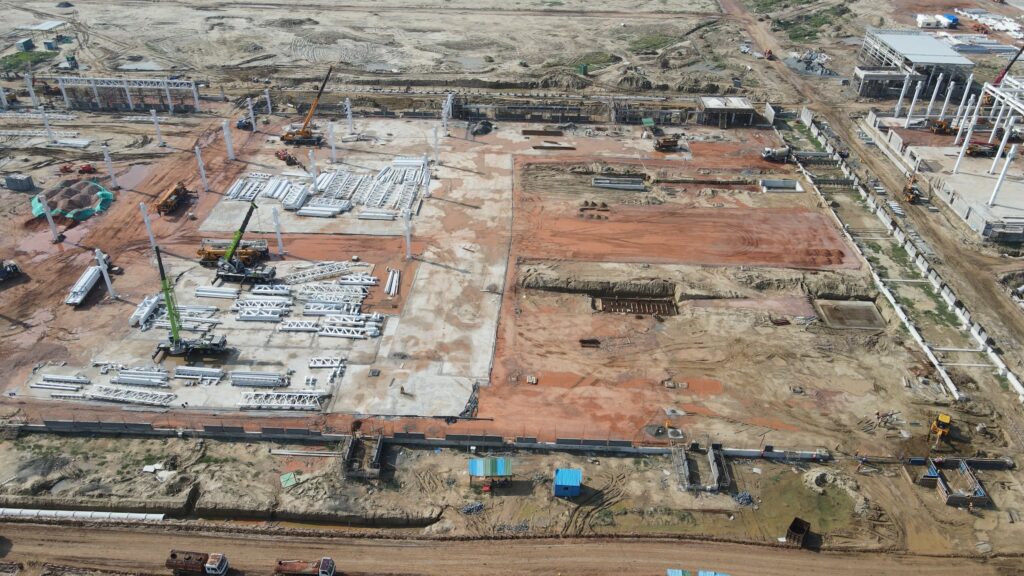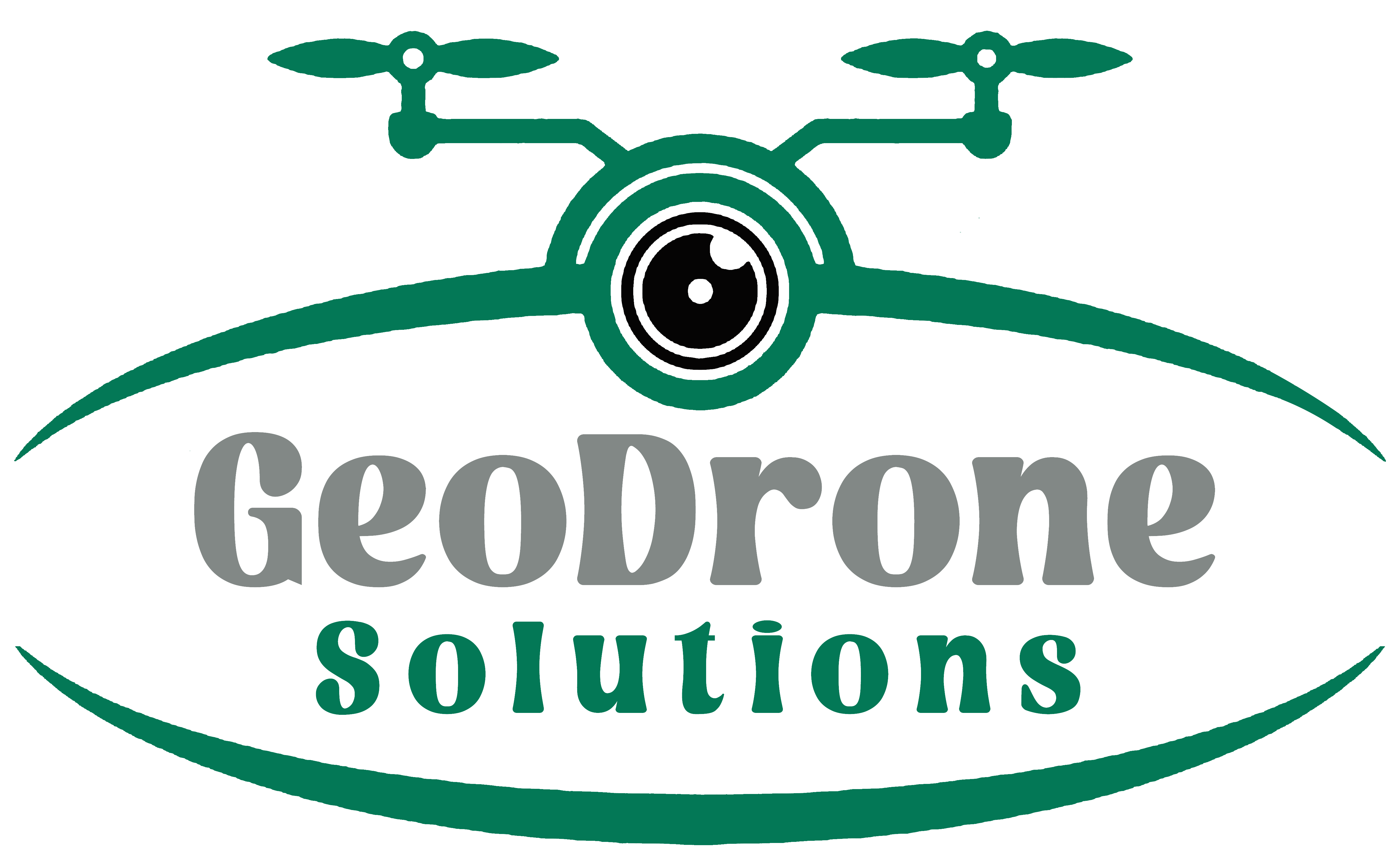Construction

“Building Tomorrow, Monitoring Today: Enhancing Construction Sites with Drone-Based Precision and Real-Time Monitoring.”
The use of drones in the construction sector offers numerous advantages, contributing to increased efficiency, safety, and overall project success. Here are key aspects highlighting the significance of drone technology in the construction industry:
Site Surveying and Mapping:
Drones can quickly and accurately survey construction sites, capturing high-resolution images and creating detailed maps. This information aids in project planning, design, and the identification of potential challenges.
Progress Monitoring:
Drones provide real-time aerial views of construction sites, allowing project managers to monitor progress efficiently. This helps in identifying delays, tracking work completed, and ensuring that the project stays on schedule.
Project Documentation:
Drones capture visual documentation of the construction process, creating a comprehensive record of the project’s development. This documentation is valuable for project updates, reporting, and dispute resolution.
Safety Inspections:
Drones can be deployed for safety inspections, assessing the condition of structures, scaffolding, and other components. This reduces the need for manual inspections at heights, minimizing safety risks for construction workers.
Topographical Surveys:
Drones equipped with LiDAR or other sensors can conduct detailed topographical surveys. This data is crucial for understanding the terrain, planning earthworks, and optimizing grading and excavation activities.
Quality Control and Assurance:
Drones facilitate the inspection of construction materials, ensuring that they meet quality standards. This helps in identifying defects or inconsistencies early in the construction process, reducing rework and ensuring overall project quality.
Asset and Inventory Management:
Drones assist in inventorying construction materials, equipment, and assets on site. This data supports efficient resource management, reducing the risk of shortages or overstock situations.
Remote and Inaccessible Area Inspections:
Drones can access hard-to-reach or unsafe areas for inspections, such as rooftops, towers, or bridges. This capability enhances the overall safety and efficiency of the inspection process.
Communication and Collaboration:
Drones provide a visual and real-time perspective of the construction site, facilitating communication and collaboration among project stakeholders. This improves decision-making and coordination among construction teams.
Cost Efficiency:
Drones contribute to cost efficiency by reducing the time and resources required for surveys, inspections, and data collection. They enable quicker decision-making and help avoid costly errors or delays.
Environmental Impact Assessment:
Drones can monitor and assess the environmental impact of construction activities, ensuring compliance with regulations. This includes monitoring vegetation, water bodies, and other ecological factors.
Marketing and Project Visualization:
Drone-captured footage and imagery can be used for marketing purposes, showcasing construction projects to clients, investors, and the public. This helps in visualizing the final product and generating interest in the development.
In summary, the significance of drone applications in the construction sector lies in their ability to enhance efficiency, safety, and overall project management. Drones provide valuable data, improve decision-making, and contribute to the successful and timely completion of construction projects.
